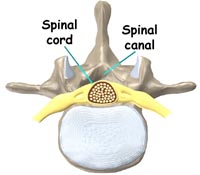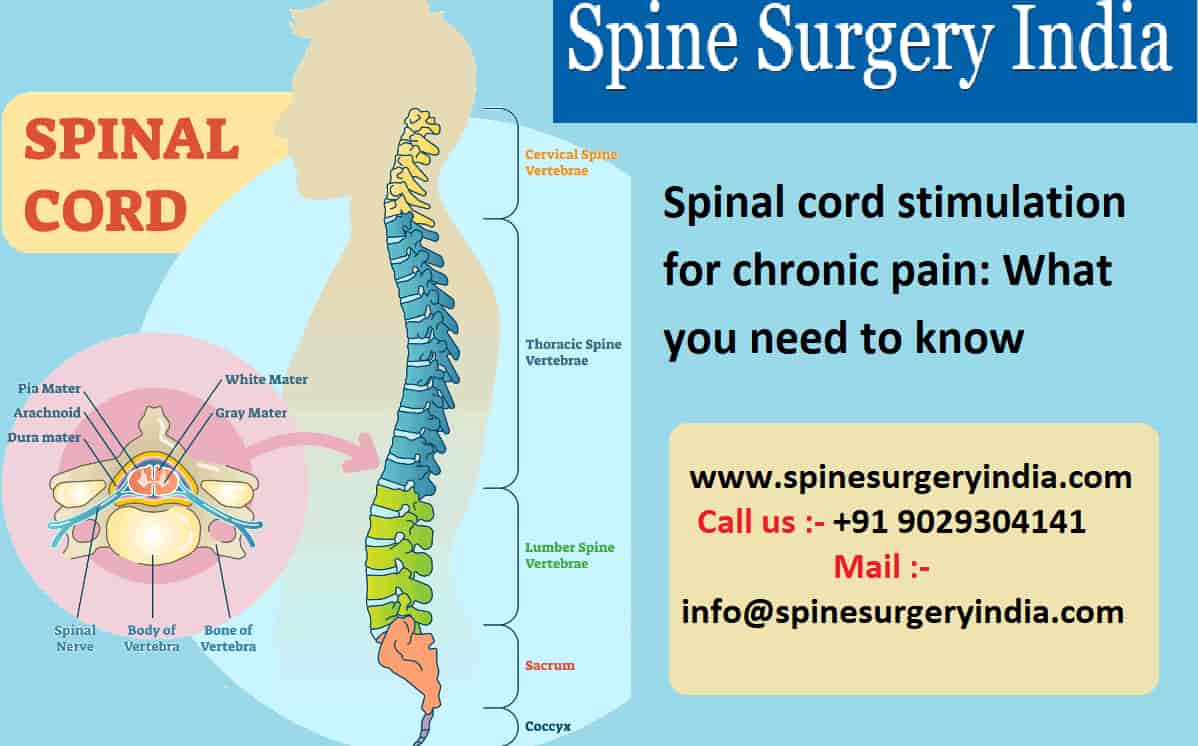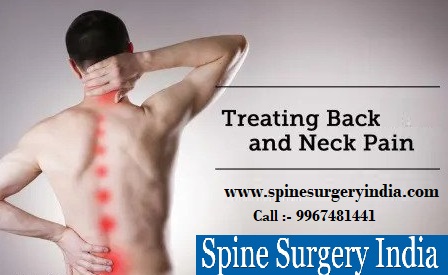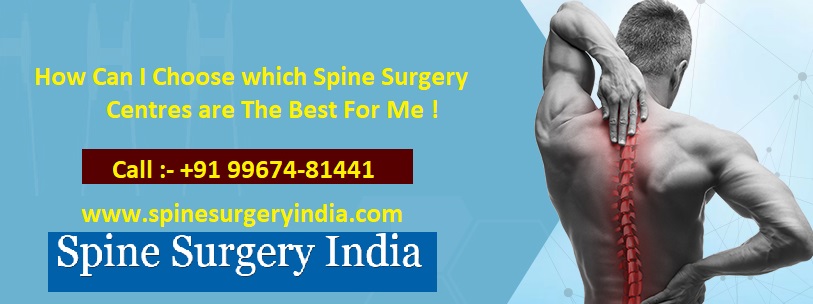Get Lumbar Canal Stenosis Treatment to the Narrowed Spinal Cord
Lumbar Canal Stenosis
Lumbar Canal Stenosis Treatment cures the Narrowed Spinal Cord
After the thorough deliberation in building forte of elite medical attempts in all over the world, the medical arena is been an axis to the healthy lifestyle. At this cutthroat age, it occurs common to stand by the essence of remedial solutions. So believing on the very practice of word-Medicine is meant to having the hale and hearty living.
No doubt to say that people are usually found humming around the modern medical derivation, so we may see a gigantic crowd being entangled for the medical derivations presently. In India, one may be away to the best medical practices, if found himself/herself unknown of Indian medical addresses.
Here, Spine Surgery India is fully determined to have strengthened its rate of success in delivering the finest spinal surgeries and treatments in India. At the company, lumbar canal stenosis brings itself a medical condition in which the spinal canal narrows and compresses the spinal cord and nerves at the level of lumbar vertebra. Usually this happens owing to the common occurrence of spinal degeneration that occurs with aging. So to treat on this kind of spinal condition, treatment to lumbar canal stenosis becomes all answers at Spine Surgery India.
Signs
Symptoms to Lumbar Canal Stenosis
- Numbness, weakness, cramping, or pain in legs, feet and buttocks
- Stiffness in legs and thighs
- Low back pain
- In severe cases, loss of bladder and bowel control
Causes
Causes to Lumbar Canal Stenosis
- Connective tissues that get thicker.
- Osteoarthritis that leads to the growth of bony spurs liable to push on spinal cord.
- Discs between the bones may be pushed backward into spinal canal.
Lumbar Canal Stenosis Tests
Diagnosis to Lumbar Canal Stenosis
MRI: This kind of study is meant to generate the better images of soft tissues, such as disks, muscles, nerves, and spinal cord.
CT scan: Computed tomography (CT) scans is likely to produce the cross-section images of spine. Your doctor may also order a myelogram. In this procedure, dye gets injected into the spine to make the nerves humiliate more clearly. Yes, it may help your doctor decide whether the nerves are being compressed.
X-rays: X-rays can help in determining if you have the spinal stenosis. Also X-rays will show aging changes, like loss of disk height or bone spurs.
Lumbar Canal Stenosis Cares
Treatments to Lumbar Canal Stenosis
- Nonsurgical Treatments: Nonsurgical treatment options focus on reinstating the function and relieving to the pain. Although the nonsurgical practices do not improve the narrowing of spinal canal, many people report that these treatments help in relieving from the symptoms. Also to comprehend about nonsurgical treatments for lumbar canal stenosis, we do a thorough practice as given below:
- Physical therapy: Stretching exercises, massage, and lumbar and abdominal strengthening mostly help to manage the symptoms.
- Lumbar traction: Although it may be helpful in some patients, the traction has the very limited results. There is no scientific evidence of its effectiveness.
- Anti-inflammatory medications: At first, Non-steroidal anti-inflammatory drugs (NSAIDs) offer the pain relief. When used over the course of 5-10 days, they can also have an anti-inflammatory effect.
- Surgical Treatments: Surgery for lumbar spinal stenosis gets usually reserved for patients who have the poor quality of life because of pain and weakness. There are given two main surgical options to treat lumbar spinal stenosis: laminectomy and spinal fusion. Both options could result in excellent pain relief. So it comes important to believe by:
- Laminectomy: This procedure involves eradicating the bone, bone spurs, and ligaments that are compressing the nerves. Also this procedure may also be called a “decompression.” Laminectomy could be done as an open surgery, where your doctor makes use of a single, larger incision to access your spine.
- Spinal fusion: If arthritis has developed to the spinal instability, a mixture of decompression and stabilization or spinal fusion may be suggested. In a spinal fusion, two or more vertebrae are permanently healed or fused together.





















